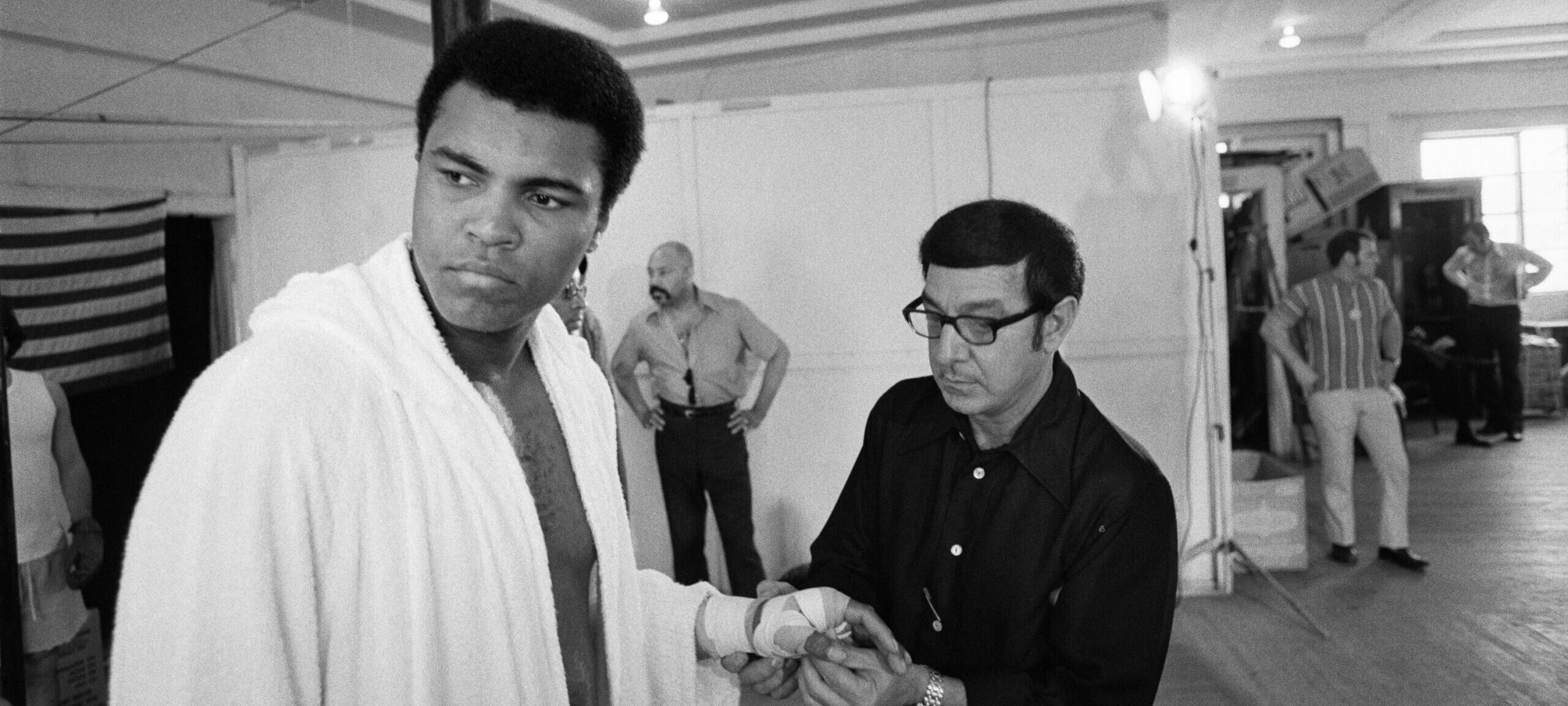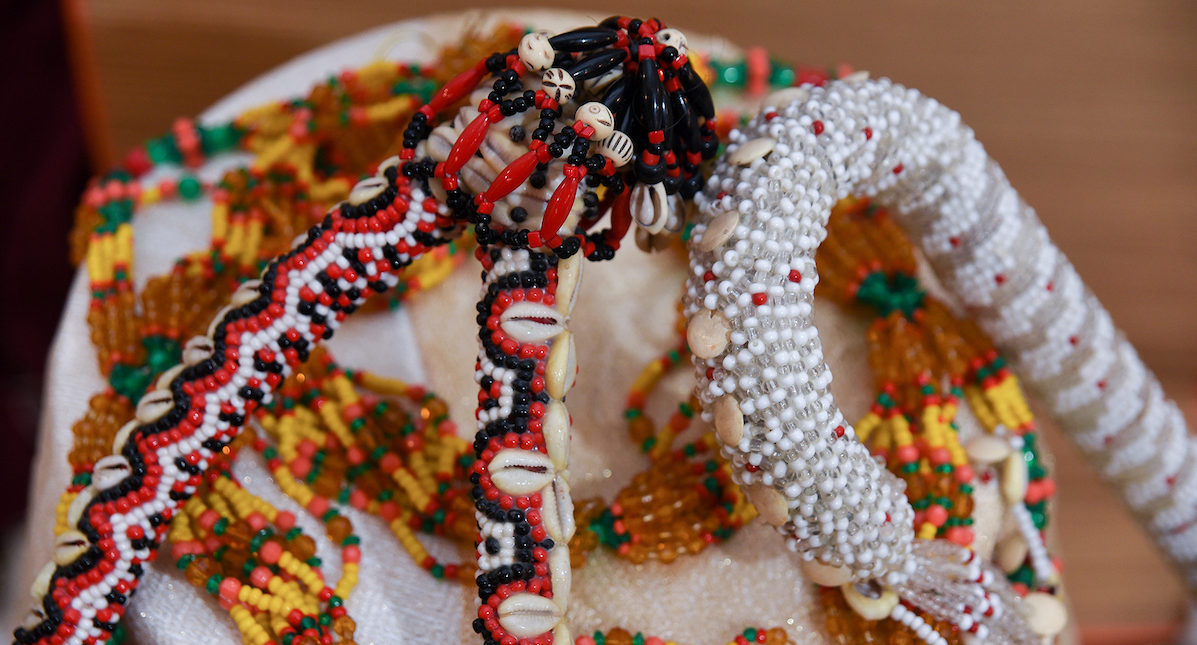Tropical Dreams
A People’s History of South Florida
Tropical Dreams explores South Florida’s history from prehistoric times to the present day. Topics explored include First Arrivals, International Rivalry, Southward Expansion, New People – New Technology, and Gateway of the Americas.
The history of South Florida is the story of people in a unique environment. The story begins more than 10,000 years ago with the arrival of prehistoric people to the region and continues to the multicultural metropolis of today. Throughout, the story is characterized by arrivals—the migration of people from many different places and cultures into the region. These varied peoples bring their dreams and, in an effort to fulfill those dreams, remake South Florida over and over again. They adapt to the region’s subtropical environment, interact with other cultures in the area, and in the process, change the community into something new and distinctive. This is their story.
First Arrivals
The first people to inhabit South Florida were here as early as ten thousand years ago. They were descendants of those who had migrated to America from northeastern Asia, traveling across a land bridge between Alaska and Siberia in pursuit of herds of mammoths, caribou, horse, bison, and other large animals. Crucial to their survival was the ability to adapt to the environmental conditions surrounding them. As people moved into Florida, they gradually changed their way of living to fit the resources and environs. The lifestyle of the aboriginal Indians of South Florida, including food, clothing, shelter, and even aspects of religious and social activities, was tied directly to the South Florida environment.
International Rivalry
The geographic location of South Florida, guardian of the trade routes and buffer zone between the English and French to the north and the Spanish to the south, determined its destiny for over 300 years following Ponce de Leon’s visit in 1513.
Southward Expansion
The important trade routes, which pass close to the treacherous coral reefs, caused the development of a regulated system of salvaging cargoes and saving lives. Navigational improvements gradually reduced the number of wrecks. Mainland settlement was encouraged with the passage of the Homestead Acts and to help make good lands available to white settlers, the United States adopted a national policy called the Indian Removal Act. In Florida, that meant treaties, reservations, and many years of war as the Seminoles resisted their forced removal from Florida.
New People-New Technology
The harnessing of steam power in the 19th century provided man with tools to shape the environment to fulfill his needs, plans, and desires. The beginning of this era in South Florida was marked by the 1896 arrival in Miami of Flagler’s FEC railway. Soon additional lands for agriculture, tourism, and settlement were being created by drainage and landfills. Roads, bridges, and airfields opened new avenues into South Florida.
Thousands came to the area during the real estate boom of the 1920s and the face of South Florida changed drastically as dream cities, tourist resorts, subdivisions, and skyscrapers materialized. Although the 1926 bust shattered the dreams of many South Floridians, population growth and development continued through the Depression era. The military brought thousands to the area during World War II, when South Florida’s mild climate and vacant tourist facilities were used as a major training center for soldiers.
Gateways of the Americas
South Florida, like much of the industrialized world, has experienced more changes during the past century than during the previous five hundred years. Southeast Florida has become complex and diverse, with many ethnic groups and cultures calling it home. Geography and cultural diversity have made it the gateway between the United States and the Caribbean and Latin America.
The general trend of people moving from rural to urban areas – combined with job availability and technological advancements in transportation, construction, and other industries – caused South Florida to experience a new surge of population growth following World War II. The annual number of tourists in South Florida also increased tremendously as people came to visit year-round rather than just during the winter months. Thousands of refugees, beginning with the Cuban exodus in the early 1960s and continuing into the 1990s with Haitians and other Caribbean and Latin-American groups attempting to escape political turmoil, have come to South Florida seeking a new life. South Florida has become a metropolitan community with increasing international significance in the Americas.



